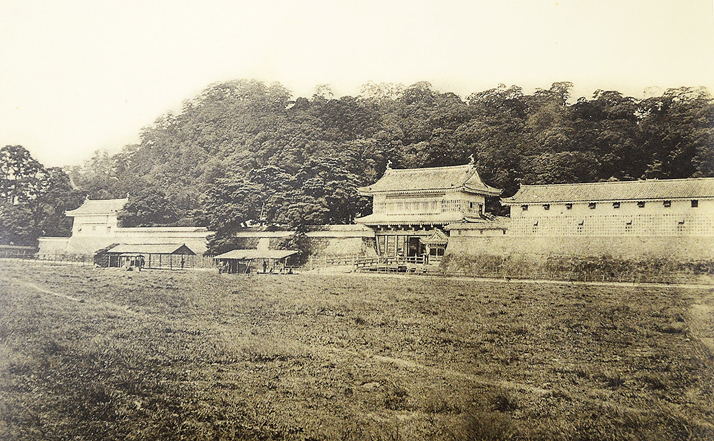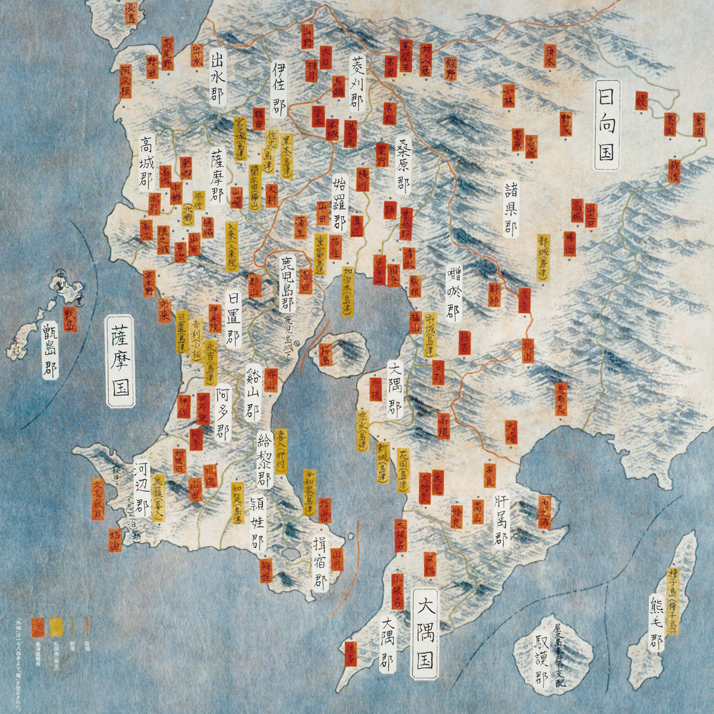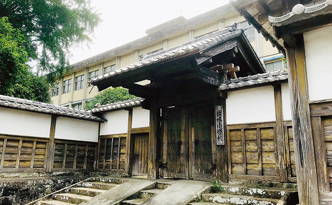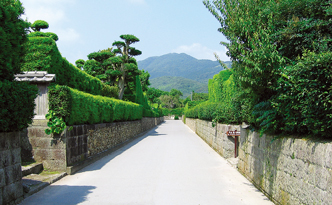The Background Behind Satsuma’s Unique Defense Network
For the 400 years prior to the Edo period, the provinces of Satsuma and Osumi were under the control of the Shimadzu clan. Powerful landholders in both provinces rebelled against Shimadzu rule and a network of close to 1,000 mountain fortresses was constructed to maintain order. Towards the end of the 16th century the Shimadzu clan extended their territory to include the province of Hyuga, now part of Miyazaki Prefecture. In 1600 powerful lords from across Japan divided into Eastern and Western factions, eventually culminating in the largest conflict in samurai history, the Battle of Sekigahara. The Eastern side was victorious, and the Tokugawa Shogunate came to rule over all of Japan. Despite being on the losing side, the Shimadzu clan were permitted to keep the provinces of Satsuma, Osumi, and Hyuga, and these three regions were compounded into the Satsuma domain. To exert control over the powerful lords across Japan, the Tokugawa Shogunate decreed that all mountain fortresses should be demolished, and each domain was only allowed to have one central castle. The Shimadzu clan felt the need to protect their domain from the Shogunate, having opposed them at Sekigahara, and along with a central castle in Kagoshima created a defensive network of 120 fortresses across their domain. Samurai houses were built at the foot of these mountain fortresses in military towns called Fumoto , creating a highly effective defense network for the Satsuma domain.


Characteristic section of the Fumoto

- Residence of the Manor Lord
- A residence for the manor lord called a kariya was located in the center of each Fumoto and surrounded by the houses of senior vassals and retainers. The kariya were also used as accommodation for the lord of Satsuma when travelling in and out of Kagoshima.

- Main Street
- Streets called baba surrounded the samurai houses. These were used for the practice of martial arts and provided an added layer of defense against intruders.

